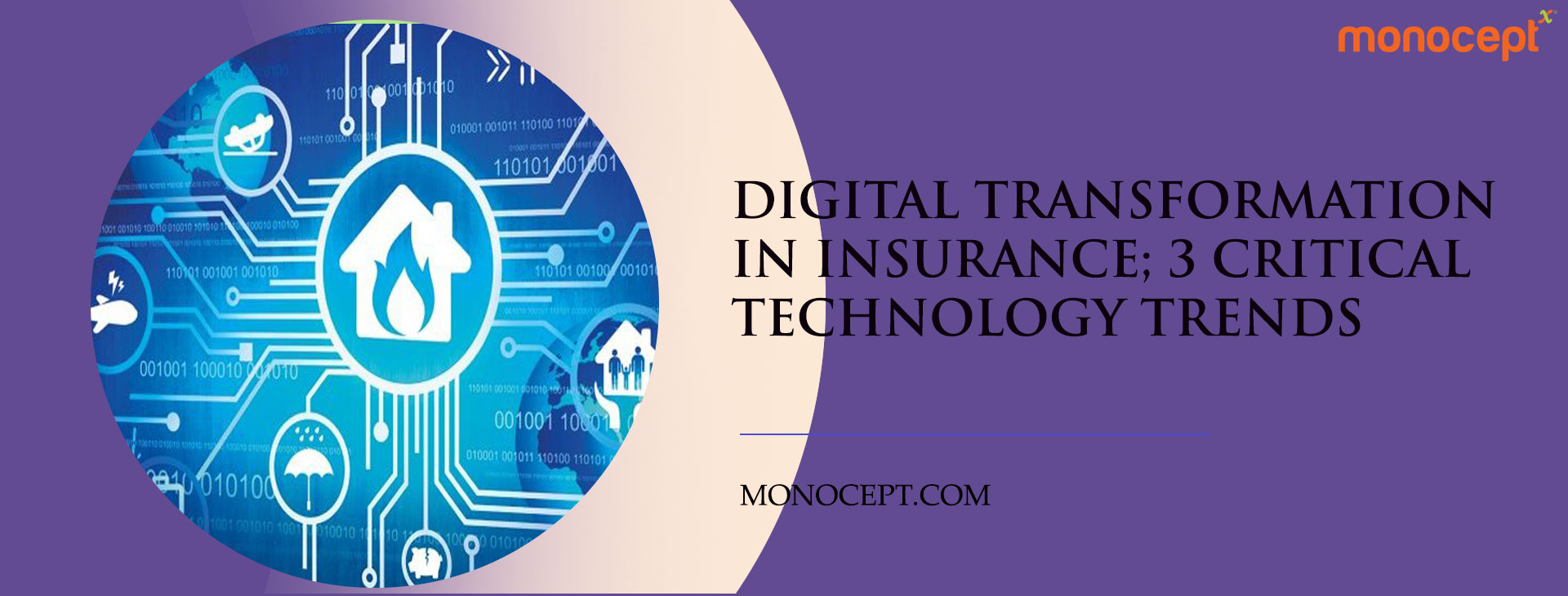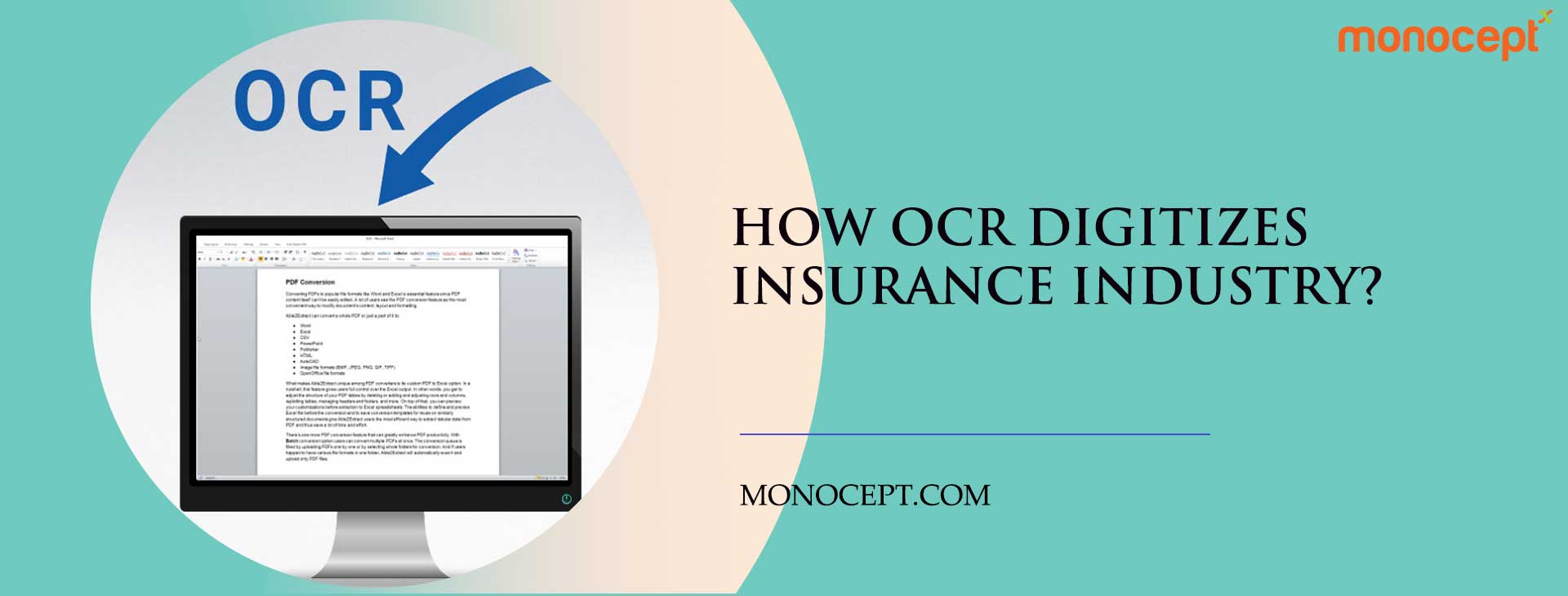When should an organisation invest in data warehousing?
In today’s technologically driven world, data is among the most precious resources an organisation owns. Data, both generated and captured, is an important asset that, when provided by a company to its employees in a structured, coherent, and timely manner, can aid in out-of-the box thinking, creative solutions to foreseeable problems and help them predict trends and create products and services that can help them gain competitive advantage. The persistent problem that most businesses face with regard to data is that in the absence of a stringent reporting and analysis system, data can very quickly overwhelm the people responsible for it.
Data warehousing is often touted as the golden new solution to organisation’s data woes. Data warehousing certainly has its advantages — a data warehouse allows organisations to pull data from a number of different sources, and on a variety of business functions, in one integrated, centralised location. This gives all the departments within the organisation a single unified point of truth from which to derive their strategies from. Data warehousing also makes it possible for companies to collate and compare historical and current data to better understand and analyse changes within the business landscape.
It is undeniable that data warehouses make operations easier, and aid seamless functioning between departments. But creating a solid data warehouse is also a cost-intensive undertaking. Before embarking on the journey to create a data warehouse, consider these xx factors to evaluate what is the best time for you to take the plunge.
How will your business benefit from data mining?
While customer insights, and identifying and predicting trends is important for any business’ growth story, they are of no value if the business owners are not in the position financially, or for any other reason, to scale operations to benefit fully from the value of the patterns discerned after data is mined. Investing in a data warehouse only makes sense when the business has grown large enough to be able to absorb the cost of further growth, and the expenditure involved in setting up a data warehouse. When a business reaches a stage that it requires data-driven insights to function and grow, but its current data is volatile — inconsistently structured and derived from multiple sources without a proper record of the time frame in which it was created, it’s time to seriously consider data warehousing as an efficient solution.
Is the volume of your data making your current data storage system unwieldy?
Tracking data is important for every business, no matter their size. At the start of their journeys, most businesses use basic tools like spreadsheets to collate and create reports. As the amount of data being factored into the spreadsheet, or any other tool begins to reach the tool’s limit, it becomes difficult to use it in a manner that yields insights in a timely manner, which results in loss of employee time and productivity. Basic data tools like spreadsheets also complicate the process of gathering data from different sources, forcing departments to maintain many records of the same information from a plethora of sources, across subjects. The problem with having different records or sheets is also that each data set might be structured differently. Depending on how data is structured and contextualised, it can lead to dramatically different insights for the people analysing it. All these factors combined make the data storage and analysis process tedious and prone to serious errors, which ultimately leads to reduced efficiency, and even loss of revenue. Typically, data warehouses come with features like data cleansing by eliminating duplications and automatic updation of reports if source data is updated, making it a more safe, dependable, and accurate system.
What’s your Challenge? Let’s work together to solve it.

















































































